While beer accounts for around 30% of all consumer spend on alcohol, lager's volume share of the beer market has reached 60% and is consumed primarily by younger drinkers in pubs and older consumers at home.
The lager category continues to see growth, in both the on and off-trades, largely at the expense of ale.
Lager sales now amount to around £10bn of a total beer market estimated to be worth £15bn in 2001.
There is little chance of this trend being reversed while prices remain so competitive, heavyweight advertising continues, and lager is perceived as a fashionable and stylish drink.
Off-trade beer merchandising techniques are improving dramatically. However Mintel suggests that retailers should also give more consideration to the dual-siting of beer next to barbecue goods in the summer months.
Indeed, Whitbread research has found that 31% of all beer is consumed at mealtimes.
Evidence suggests that beer is becoming less of an impulse purchase and is more likely to be a regular item on the shopping list.
Each year, beer suppliers, together with retailers' representatives, sit down and draw up a merchandising blueprint which best represents the interests of independent off licences.
Failure to adhere to the plan, out of stocks and cluttered displays are all believed to be contributing to independents' falling share of the take home lager market.
Independents are much closer to their customers than the multiples and should, therefore, be able to meet their clients' needs more specifically.
As long as independents manage to communicate added value, such as provision of chilled beer, rather than solely price, sales should remain buoyant.
{{MARKETING - P&P }}
Close menu
- Home
- Retail & Wholesale
-
Products & Suppliers
- Back to parent navigation item
- Products & Suppliers
-
Product Categories:
- Back to parent navigation item
- Product Categories:
- Alcoholic drinks
- Bakery
- Cereals & breakfast
- Cheese
- Chicken & poultry
- Chocolate
- Confectionery
- Crisps, nuts & snacks
- Dairy
- Fish
- Fresh produce
- Frozen
- Household
- Meat
- Own Label
- Sauces & condiments
- Seasonal
- Soft drinks
- Vaping
- Vegan & plant-based
- World foods
- Suppliers
- People
- Reports & Data
-
Topics A-Z
- Back to parent navigation item
- Topics A-Z
-
Popular topics:
- Back to parent navigation item
- Popular topics:
- Cost of living crisis
- Crime
- Deposit Return Schemes
- Finance
- Government & Regulation
- Health
- Inflation
- Loyalty
- Marketing
- Mergers & Acquisitions
- New Product Development
- Sourcing
- Supply chain
- Sustainability & environment
- Technology
- Ultra Processed Foods
- Vaping
- A-Z all topics
- Content by type:
- Events
- Subscribe now
Sign in to comment on this article
Not logged in before? Register for FREE guest access today.
You will be able to:
- Read more stories
- Receive daily newsletters
- Comment on stories
Advert









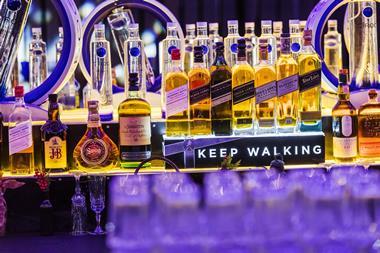
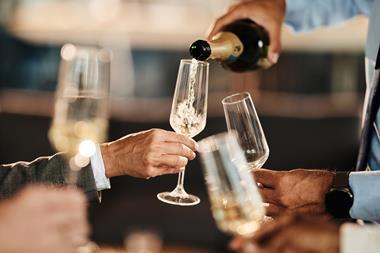
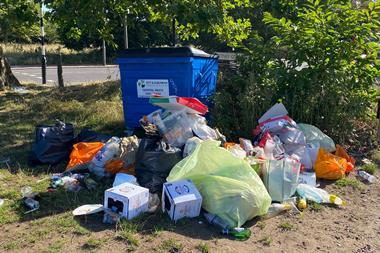
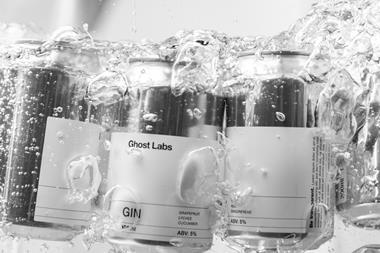
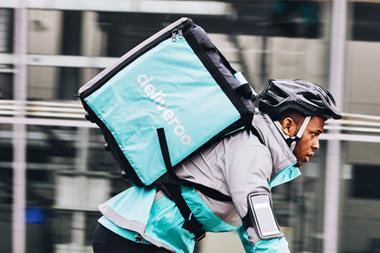




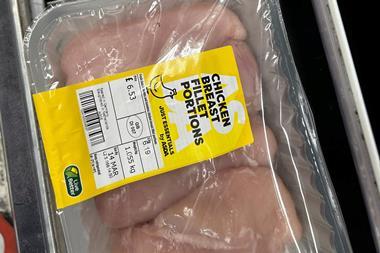
No comments yet